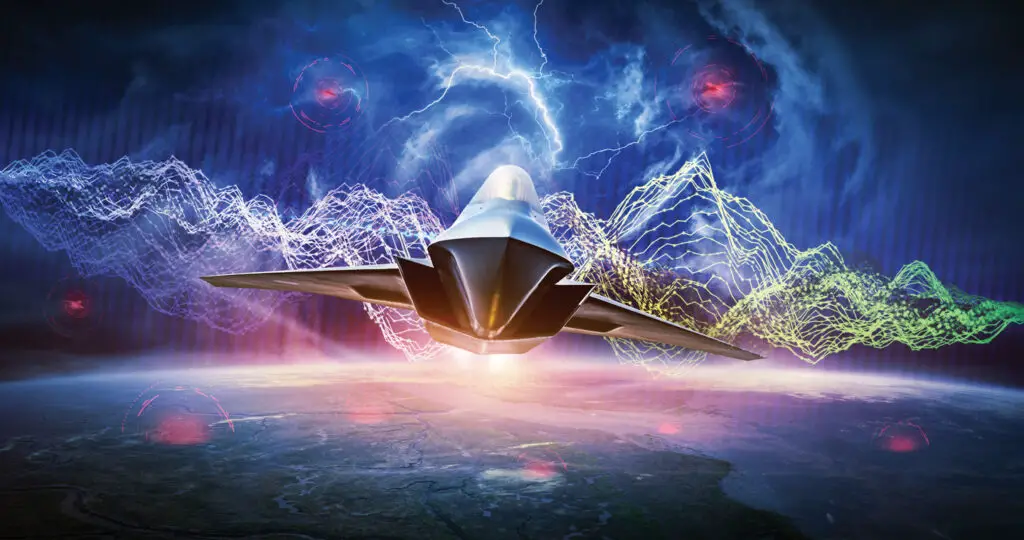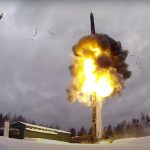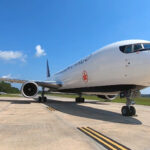Japan and the United Kingdom, signed a Letter of Agreement (LOA). The objective is to jointly conduct cooperative research on a new generation fighter jet sensor, under the project called «JAGUAR».

As reported by the UK Ministry of Defense, the aim is to develop a new type of universal radio frequency sensor technology. Such tech would allow better detection of future threats, originating from the air, land, or sea, their rapid and accurate localization while attacking enemy surveillance systems. The technology developed by the joint JAGUAR program will equip future TEMPEST (UK, Italy, Sweden) and F-X (Japan) sixth-generation fighter aircraft.
The MoC
This cooperative research comes after the UK and Japan signed a Memorandum of Cooperation (MoC) in December last year allowing the two nations to pursue joint technologies. In December, the two countries also announced their intention to develop a future next-generation demonstrator fighter engine as part of their partnership.
«We are proud to be working ever more closely with our partners in Japan. This will ensure that our two Armed Forces remain at the forefront of military innovation,» commented Defense Acquisition Minister Jeremy Quin.
The design, build and evaluation of the JAGUAR system will take around five years. It will involve Leonardo UK and the Japanese industry. Under the project, two demonstrators will be built, one in each country, and work and learning will be shared to make the best use of national expertise.
The technology that emerges as a result of the JAGUAR project should be able to fulfill, from a common hardware element, several functions that today are covered by different equipment.

This universal RF sensor technology will combine the functions of existing radars, passive RF detection, jamming, and communications; from common elements, with the added possibility of distributing them throughout the aircraft structure, allowing 360° detection and self-defense.














